Are you a movie enthusiast looking for ways to enhance your theatrical experience, or perhaps in need of an alternative way to show work presentations in the office? If either one is indeed the case, connecting a DVD player to a projector may be the perfect solution. Though it may seem like a daunting task at first glance, with this blog post as your trusty guide and some basic knowledge of electronics, we’ll make sure that getting setup is easy-peasy! Let’s dive into what will be required so that you can start enjoying movies and creating captivating presentations on any projector enabled device today.
Special Characteristics of the Projectors
Projectors are an essential tool for film producers, filmmakers, and other visual media professionals. To make sure the image quality is at its best, these projectors have special features that give them the edge over their competitors. Here are some of the key characteristics that set projectors apart from standard models. [1]
High-Definition Resolution
The resolution is one of the most appealing features of modern projectors. Most high-end models boast resolutions up to 4K, which is four times higher than standard HD resolution. This allows for incredibly clear images with remarkable detail and lifelike colors that make the viewing experience truly immersive.
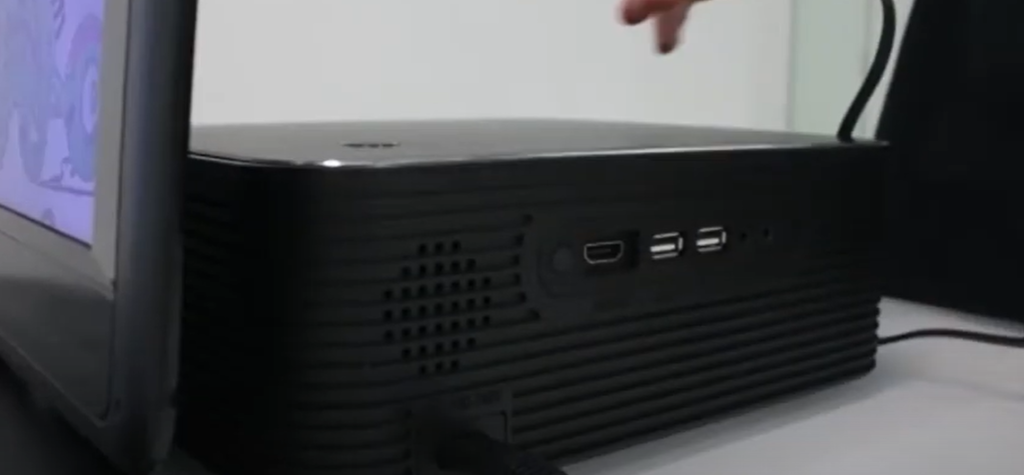
High Brightness
For a great viewing experience even in well-lit environments, projectors need to have high brightness. Many models offer up to 5000 lumens which ensures images don’t wash out even when there is ambient light in the room.
Long-Lasting Bulbs
The bulbs used in modern projectors are designed to last much longer than standard bulbs. This allows users to get more use out of their projectors before needing to replace a bulb. This makes for more reliable operation and fewer interruptions in the viewing experience.
High Contrast Ratio
A high contrast ratio is needed to ensure that every detail is visible on screen. Many projectors have a contrast ratio of around 2000:1, which gives them incredibly sharp images with deep black levels and bright whites.
Energy-Efficient Design
Modern projectors are designed to be energy-efficient so they can help reduce the environmental impact of using them. These projectors use LED and LCD technology instead of traditional lamp-based systems, which allows them to use significantly less energy while still producing great images.
Installation Options
Projectors often come with multiple installation options, which allows users to choose the best way to mount them in their home or office. This includes wall, ceiling, and table-top mounting options so users can find the perfect placement for their projector. [2]
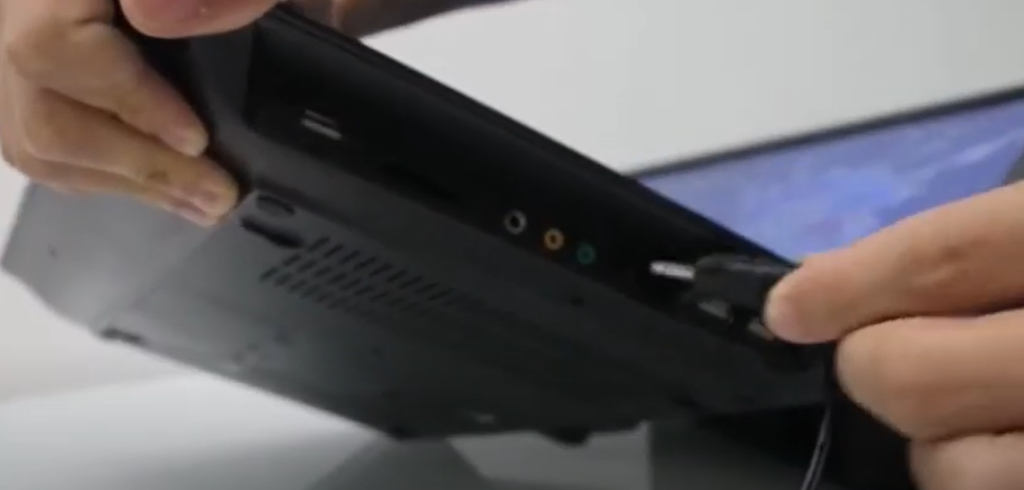
Types of Projectors
Projectors are a great way to bring life to any room, and they come in a variety of types to suit a range of needs. Whether you need a projector for the classroom or for home use, there is something out there that will fit your requirements. Here are some of the different types of projectors available:
LCD Projectors
LCD (liquid crystal display) projectors use a light source to shine through a liquid crystal panel, creating an image onto the screen. They are usually the most common type of projector and they offer good picture quality at a reasonable price point. [3]
DLP Projectors
DLP (digital light processing) projectors employ tiny mirrors that are used to reflect light onto the screen. DLP projectors offer excellent color accuracy and contrast, making them great for watching movies or playing video games.
LED Projectors
LED (light-emitting diode) projectors use an array of LEDs to create images on the screen. They are energy efficient and have long lamp life, but they tend to be more expensive than other types of projectors.
Laser Projectors
Laser projectors use a laser light source instead of the traditional lamp, which increases image brightness and contrast. They also have long lifespans and are relatively maintenance-free. However, they are typically quite expensive compared to other projector types. [4]
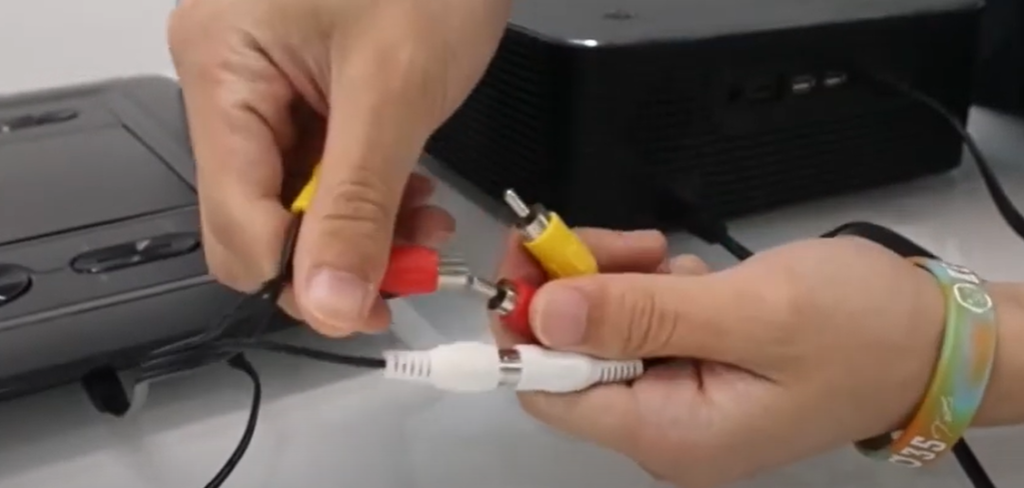
What Projects to Watch through the Projector?
For movie lovers, the projector is a great way to enjoy all your favorite movies in a bigger and more immersive format. But what if you’re looking for something new? With the growing number of indie productions being featured on streaming services, it can be hard to narrow down the choices. To help out, here are some of our favorite projects that are worth watching on the projector. [5]
- “The Devil All The Time” is a Netflix original movie that follows a small town in America as it grapples with crime and corruption in its midst. This movie won acclaim for its gripping storytelling by director Antonio Campos, and has an all-star cast including Robert Pattison, Bill Skarsgard, Sebastian Stan, and Riley Keough.
- “The Woman in the Window” is a psychological mystery drama film starring Amy Adams as an agoraphobic woman who becomes embroiled in a dangerous situation when she witnesses something she shouldn’t have. The movie also features Gary Oldman, Julianne Moore, Brian Tyree Henry, Fred Hechinger and Wyatt Russell.
- “The Lighthouse” is a horror movie from Robert Eggers that follows two lighthouse keepers who live on a remote island off the coast of Maine. The movie stars Willem Dafoe and Robert Pattinson, and has earned acclaim for its atmospheric tension, eerie visuals, and unique take on traditional horror tropes.
- “Portrait of a Lady on Fire” is an acclaimed French drama from Céline Sciamma that tells the story of an 18th century artist who falls in love with her subject while painting her portrait. The film stars Noémie Merlant, Adèle Haenel, and Luàna Bajrami.
- “Knives Out” is a whodunnit murder mystery by Rian Johnson starring Daniel Craig as a detective investigating the death of an eccentric crime novelist. The movie also features Chris Evans, Jamie Lee Curtis, Christopher Plummer, Toni Collette and Ana de Armas.
- “1917” is a war drama from Sam Mendes that follows two World War I soldiers as they attempt to deliver a message across enemy lines. The movie stars George MacKay, Dean-Charles Chapman, Mark Strong and Andrew Scott, and has won multiple awards for its unique visual style.
- “Parasite” is a South Korean dark comedy from Bong Joon-ho that follows the struggles of a destitute family as they attempt to infiltrate an affluent household. The movie stars Kang-Ho Song, Sun-kyun Lee, Yeo-Jeong Jo and Woo-sik Choi, and has earned critical acclaim for its biting social commentary. [6]
How to Find the Perfect Projector?
Finding the perfect projector for your needs can be a daunting task – with so many different models and features to choose from, it can be hard to know what to look for. Here are some key points to consider when selecting the right projector for you:
Lumens Rating
The lumens rating of a projector is one of the most important features to consider, as it indicates how bright the image will be. You’ll want to make sure your projector is powerful enough to project clear images in any lighting condition you’re likely to encounter – if you plan on using your projector in a brightly lit room, for example, you’ll need to look for one with a higher lumens rating to ensure optimal viewing. [7]
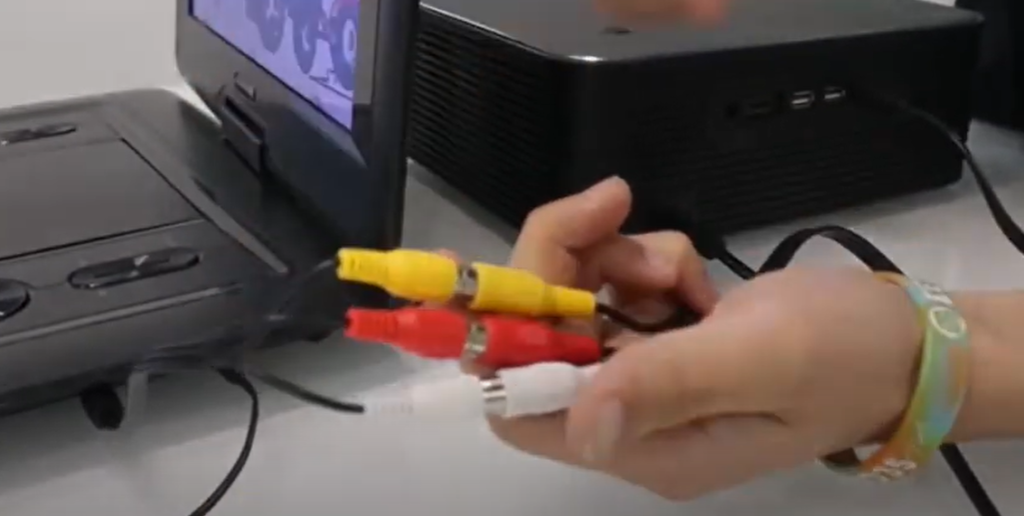
Resolution
The higher the resolution, the sharper and more detailed your images will appear on screen. When choosing a projector, you’ll want to look for an HDMI (High Definition Multimedia Interface) port – this will enable you to connect your device to devices that support high quality display, such as Blu-ray players.
Contrast Ratio
The contrast ratio of a projector is an important factor to consider – the higher the contrast ratio, the more well defined your images will look. The contrast ratio can vary significantly from model to model, so it’s best to research the specific models you’re considering before making a decision.
Throw Distance
The throw distance of a projector is the distance your projector needs to be from the wall or screen in order to achieve optimal viewing. You’ll want to make sure you choose a model with a throw distance that works best for your particular setup – if your space is too small, for example, it’s not likely that a projector with a longer throw distance will work.
Connectivity
You’ll also want to consider the types of connections that your projector can support – this is especially important if you plan on connecting multiple devices and media players. Look for projectors with an array of connectivity options, such as HDMI, USB, and VGA ports, as well as wireless capabilities.
Installation
Before deciding on a projector, you should also think about installation – some projectors may require professional installation, while others are designed to be easy to mount and set up yourself. Consider how much time and effort you’re willing to put into setting up your projector before making a final decision. [8]

How to Ensure Perfect Viewing on a Projector?
When it comes to presentations or visual displays, a projector is an ideal choice. You can use projectors for home theaters, business meetings, classrooms and more. But if you want to make sure that everyone in the audience has an optimal viewing experience, it’s important to take certain steps to ensure perfect viewing on a projector. Here are some tips on how to do this. [9]
- Use the right resolution: The projector’s native resolution should match the video signal of your source or device. If not, you won’t get a sharp image and will likely experience fuzzy edges.
- Set up the projector correctly: Place the projector at an angle that is perpendicular to the screen in order for it to maximize light output and minimize unwanted shadows.
- Adjust the projector’s settings: To get the best image quality, make sure to adjust the contrast, brightness, hue and color settings of your projector. This will give you an optimal viewing experience for all viewers in attendance.
- Use a screen with a gain factor: A gain factor is the measure of how much light is reflected off of a projection surface. If you want to make sure everyone in the audience can clearly see the image, use a screen with a gain factor that is higher than 1.0.
- Clean your projector regularly: Dust and dirt can accumulate on the lens of your projector, which can reduce the quality of the picture and cause glare or blurriness. Make sure to clean your projector at least once a month to ensure the best viewing experience for everyone.
- Use good quality cables: Be sure to use high-quality cables when connecting your device to the projector and vice versa. Poor quality cables can cause lagging and disruption in the quality of the image. [10]
What Problems Can Occur with a Projector?
A projector is a great tool for creating an immersive experience in classrooms, boardrooms, or anywhere you need to display visuals. However, there are certain issues that can arise with projectors which can cause problems such as:
- Overheating – Projectors generate a lot of heat during the projection process and this can cause them to overheat and shut down unexpectedly. To avoid this issue, it is important to make sure that the projector is properly ventilated and not blocked by any furniture or other objects.
- Bulb failure – The bulbs in projectors can wear out over time, resulting in a dimmer image or complete failure of the projector. While this is normal with older model projectors, it’s crucial to regularly replace the bulbs in newer models to ensure optimal performance.
- Image distortion – Projectors can sometimes produce blurry or distorted images due to improper calibration, incorrect settings, or even dust and dirt on the lens. It’s important to regularly check your projector’s settings and clean its lens in order to maintain a clear image quality.
- Faulty connections – Projectors use several different types of connections to connect to the source material, such as HDMI or VGA cable. If any of these cables become loose or disconnected, then it can cause issues with the image quality or prevent the projector from working at all. It’s important to regularly check these cables for any signs of wear and tear and replace them if necessary.
- Incorrect projection settings – Projectors are typically set up with specific settings for the best performance. If these settings are changed or incorrect, they can cause problems such as distorted images, color banding, or unsaturated colors. To ensure optimal image quality it’s important to make sure your projector’s settings are correct and regularly adjust them if necessary.
- Poorly maintained environment – A poorly maintained environment can have a negative impact on the performance of a projector. Dust, dirt and other foreign particles are an enemy of projectors and can cause problems such as overheating or image distortion. It’s important to regularly clean your projector’s lens and filter system in order to prevent any issues from arising. [11]
How to Connect a DVD Player to a Projector?
Connecting a DVD player to a projector is an easy and efficient way to enjoy movies, slideshows, presentations, or other video content. Whether you’re at home or in the office, connecting your DVD player to a projector can transform any room into a movie theater with just a few minutes of setup.
Here’s how you can connect a DVD player to a projector:
- Connect the video cable from your DVD player to the video port on the projector. If your DVD player does not have a port, use an adapter or converter to connect them.
- Turn on both devices and make sure they are set to the same channel. This ensures that the signal coming from your DVD player will be received by the projector.
- Select the right display mode on the projector. This will depend on the type of content you’re playing, and which input port you are using.
- Select the right input source on your DVD player. This is usually done by pressing a button or scrolling through a menu.
- Once everything is connected and set up properly, check the picture quality. Adjust the settings on both the DVD player and projector to get the best possible picture quality.
Now you’re ready to enjoy movies, slideshows, presentations, and more on a big screen! Connecting your DVD player to a projector is an easy way to transform any room into a movie theater. Plus, it only takes a few minutes of setup to get started. [12]
How to Maintain a Projector?
When using a projector, it is crucial to keep it in good working order. This maintenance will help keep the image quality and brightness of your projection clear. Here are some tips on how to maintain your projector:
Clean the lens regularly
Dust and dirt can accumulate on a projector’s lens, which can affect image quality. To prevent this from happening, it’s important to clean your projector’s lens with an appropriate cleaning solution.
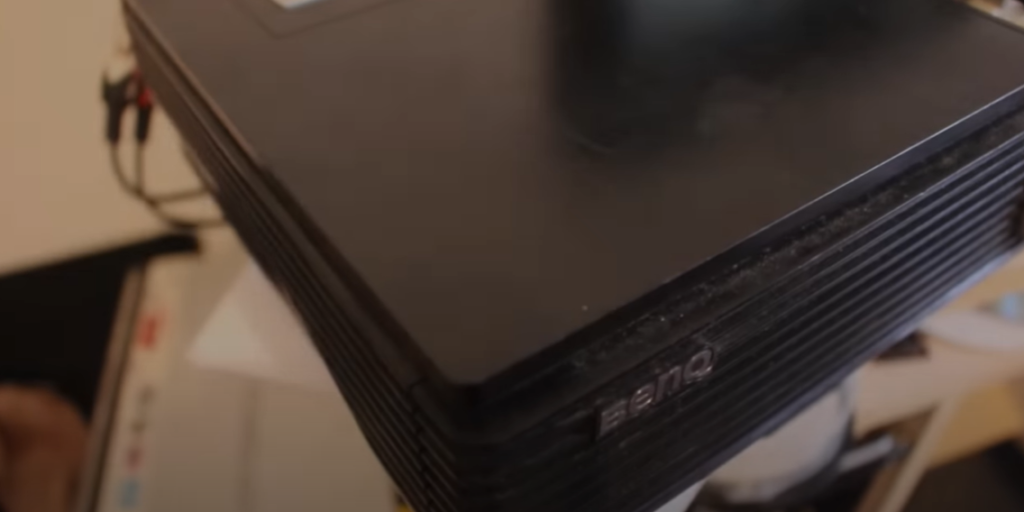
Check the bulb
The bulbs in projectors can wear out over time, resulting in a dimmer image or complete failure. To prevent this from happening, it is important to check and replace your projector’s bulb regularly.
Adjust the settings
Projectors have various settings that can affect how an image is displayed. If these settings become incorrect or outdated, it can cause problems such as distorted images and color banding. To prevent this from happening, it is important to regularly check your projector’s settings and adjust them if necessary.
Check the connections
Projectors use several different types of connection cables in order to connect to the source material. If any of these cables become loose or disconnected, it can cause issues with the image quality or prevent the projector from working at all. To prevent this from happening, it is important to regularly check these cables for any signs of wear and tear and replace them if necessary.
Ensure optimal ventilation
Projectors generate a lot of heat during the projection process which can cause them to overheat and shut down unexpectedly. To avoid this issue, it is important to make sure that the projector is properly ventilated and not blocked by any furniture or other objects. [13]
FAQs
Can you convert a DVD player to HDMI?
Yes, you can! To convert your DVD player to HDMI, all you need is a digital-to-analog (DAC) converter. This device will take the audio and video signals from your DVD player and convert them into an HDMI signal that’s compatible with modern HDTVs. Once connected, you’ll be able to watch movies in high definition on your TV. Additionally, you can purchase a converter with multiple ports to connect additional devices such as gaming consoles or Blu-ray players. That way you’ll have one connection that provides access to all your entertainment systems.
Can you hook up a VCR to a projector?
Yes, you can hook up a VCR to a projector. You’ll need an adapter cable that has S-video or composite video inputs and outputs, depending on the type of connection available on the VCR and projector. The cable will allow you to connect the audio cables from the VCR to the projector. Once connected, all you need to do is switch the projector to the right input and you should be able to play your VCR’s content on the projector.
Additionally, many newer projectors come with an HDMI port which can also be used for connecting a VCR in order to view its content on your projector. You’ll need an adapter cable that has HDMI output at one end, and S-video or composite video at the other. Once connected, you’ll need to switch the projector’s input to HDMI and you should be able to watch your VCR’s content on the projector.
Can I use a projector to watch movies?
Yes, you can use projectors to watch movies. Projectors offer a great way to enjoy movies with family and friends in the comfort of your own home. They provide large, bright images that are perfect for those movie nights when you want to really impress your guests. Projector setups come with various features like auto focus and zoom settings which allow for easy customization to fit your viewing needs. With projectors, you can also adjust the brightness and contrast settings to get the perfect picture quality for movies. All of these features make projectors a great option for watching movies at home.
Do projectors have an aux port?
Yes. This port allows you to connect devices such as sound systems or external speakers with a 3.5mm cable. You can also use this port to connect another device such as a laptop or gaming console. By connecting these devices, you can enjoy high-quality audio through the projector’s built-in speakers. Additionally, some projectors even have Bluetooth connectivity so you can wirelessly stream audio from your device.
Useful Video: How to Connect DVD Player to Projector
Final Thoughts
It’s clear that connecting your DVD player to a projector is no small task, but it can be done with the right cables and adapters. If you’re looking for a simple way to view your DVDs on a large screen, consider investing in a streaming device or other alternatives that don’t involve quite as much hassle. Connecting the two devices could pay off if you plan to create presentations or watch movies with friends. Don’t forget to check the manual and contact customer service if you have any issues setting up the connection. If you are still not sure whether you should make the connection after reading this blog post, consult with an experienced audio-visual expert for further advice. Whatever your decision, we hope this knowledge has been helpful and informative in guiding you towards a rewarding viewing experience.
References:
- https://www.viewsonic.com/library/entertainment/advantages-of-projectors/
- https://www.electronichouse.com/home-theater/features-best-home-theater-projector/
- https://www.moglix.com/articles/types-of-projectors-based-on-their-applications
- https://www.newvisiontheatres.com/types-of-projectors
- https://www.benq.com/en-us/knowledge-center/knowledge/eight-creative-ways-to-use-your-projector.html
- https://www.theprojectorexpert.com/projector-presentations/
- https://www.lifewire.com/before-you-buy-a-video-projector-1847845
- https://www.nytimes.com/wirecutter/blog/how-to-pick-the-right-projector/
- https://www.global.zeemr.com/pt/blogs/projector-tips/home-theater-projector-tips-the-best-way-to-set-up-your-projector-screen
- https://www.cnet.com/tech/home-entertainment/projector-setup-tips-how-to-get-the-biggest-best-image-for-movie-night/
- https://projectorninja.com/projector-troubleshooting/
- https://visualjacker.com/connect-dvd-player-to-projector-hdmi/
- https://cyberschooltech.co.ug/taking-care-of-your-projector/

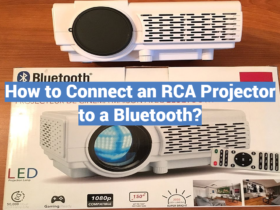
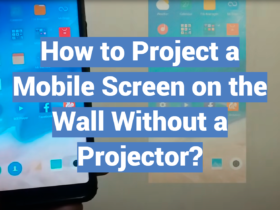

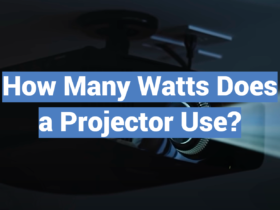
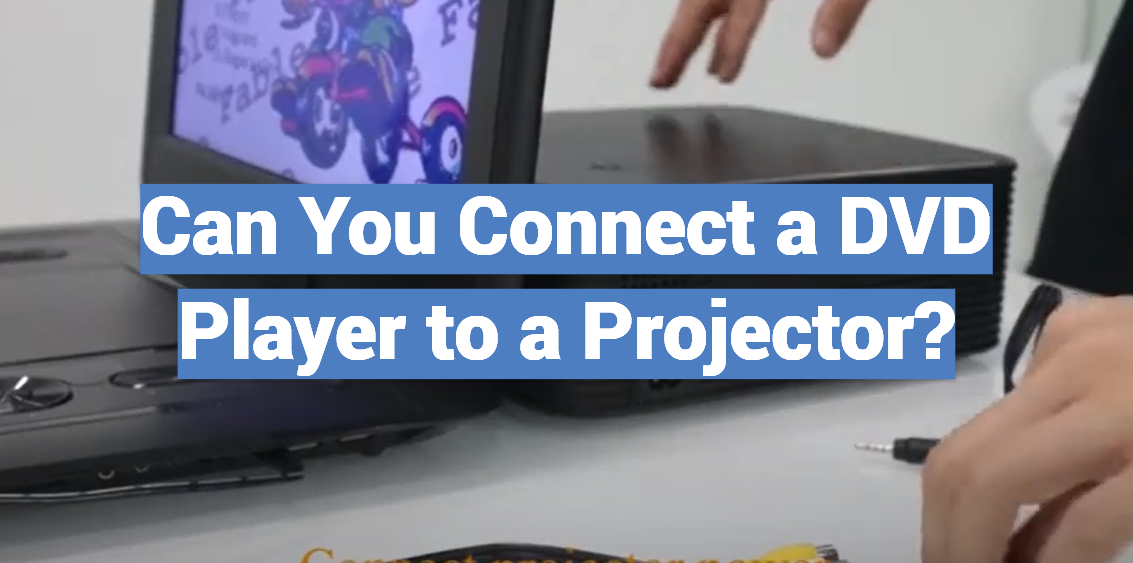

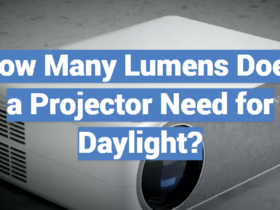
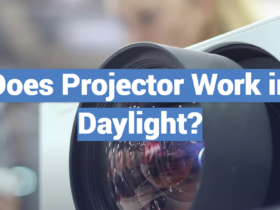
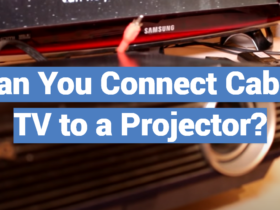
Leave a Review